Good Night everyone for all of our friends who are at Blurtter and have been joining Blurtter for a long time, hopefully we are always healthy and can always carry out activities as usual. So on this occasion I want to write a little bit about Telamonia Dimidiatao hopefully later it can become a memory for myself, and for other friends who are already married, don't forget to also give directions and input if later in my writing there are still words- words that are not polite, therefore I apologize once again.
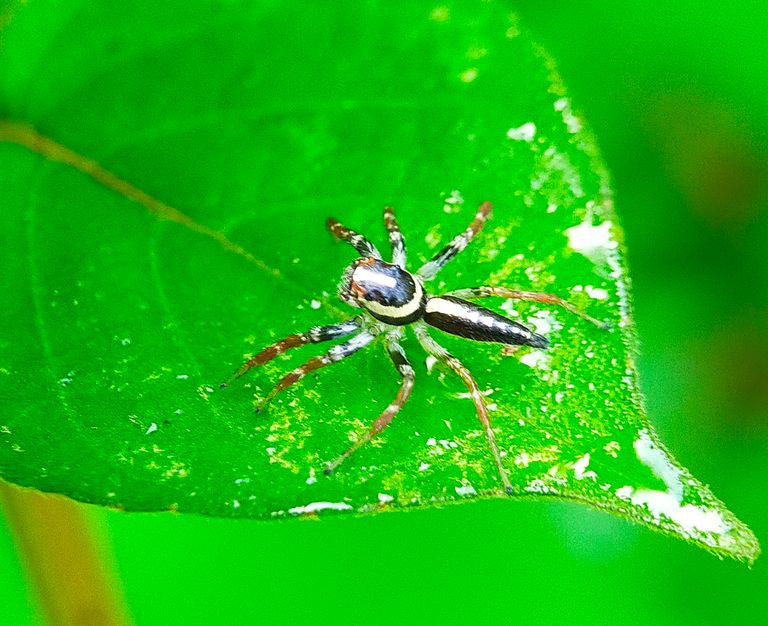
This worldly life is so free, and can do whatever it wants, that's what happened to this type of spider, this spider is one of the small types of spiders and it only lives as a jumper, and uses the thread is for a place to stay. Basically, in general, spiders can't fly, it's just that they can jump, if they want to move to another place. so there are also these spiders. Females can reach a body length of 9–11 mm (0.35–0.43 inches), males can reach a length of 8–9 mm (0.31–0.35 inches). The female is light yellowish, with a very white cephalus and a red ring surrounding a narrow black ring around the eye. There are two longitudinal bright red lines on the opistosoma. Males are very dark, with white markings, and red hair around the eyes. They appear in Singapore, Indonesia, Pakistan, Iran, India and Bhutan. T. dimidiata does not produce a significant toxin for humans. Since 1999, the spider has been the subject of a spoofed email claiming it was a fatal spider found hiding under a toilet seat in North Florida.[4] This scam is a rehash of an old email that was circulated in 1999 with a similar claim, except under the name "South American Blush Spider - literally "butt spider". in the receiving country. Recently [when?] has also appeared on Facebook, also including pictures of arachnids. Posts usually report them being found all over the world, suggesting everyone should be careful. considered an urban legend.The false rumor has already spread to websites like Twitter, Facebook, and Tumblr in 2012. Now the same hoax is circulating on Whatsapp.
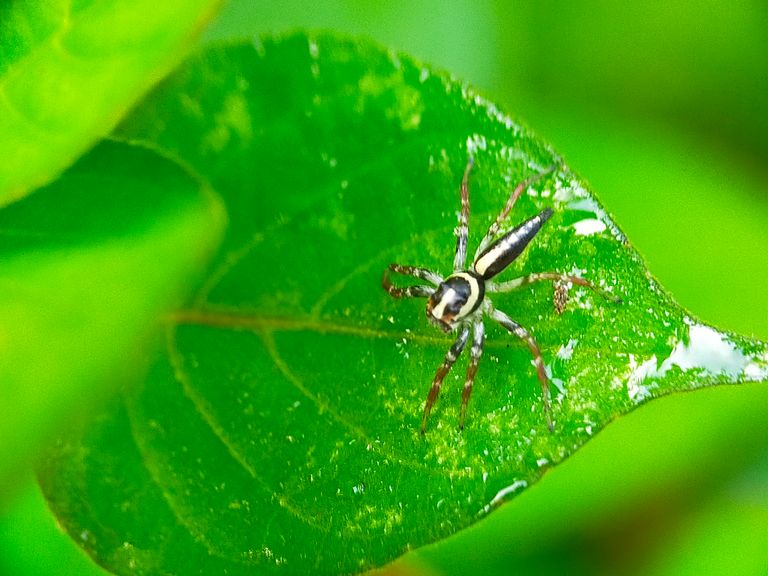
There are so many types of spiders that live in this world, one of which is a type of spider that can only jump. Spiders are a type of animal with books (arthropods) with two body segments, four pairs of legs, no wings, and no chewing mouths. All types of spiders are classified into the order (Araneae) and, together with scorpions, ketonggeng, mites — all of which have eight legs — are included in the Arachnida class. The field of study of spiders is called arachnology. Araneae is the largest order of arachnids and ranks seventh in total species diversity among all organismse orders. Spiders can be found worldwide on every continent except Antarctica, and have long survived in almost all habitats with the exception of air and sea colonization. As of February 2016, at least 45,800 species and 114 families of spiders have been recorded by taxonomists.
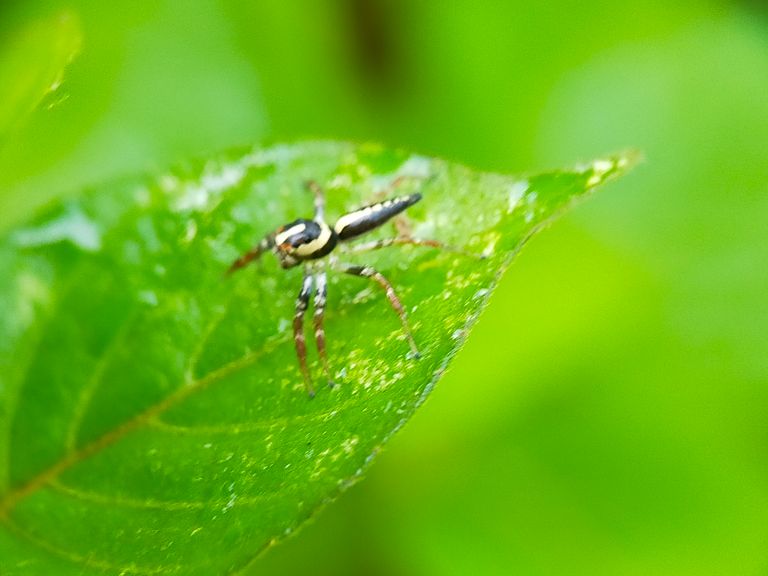
However, there has been a split within the scientific community about how all these tribes are classified because since 1900 more than 20 different classifications have been proposed. Spiders are carnivores, sometimes even cannibals. Its main prey is insects. Almost all types of spiders, with the exception of about 150 species from the Uloboridae and Holarchaeidae tribes, and the Mesothelae suborder, are capable of injecting venom through a pair of fangs into their enemies or prey. However, of the tens of thousands of species that exist, only about 200 species whose bites can harm humans. Not all spiders make nets to catch prey, but all of them are capable of producing silk threads—thin but strong strands of protein fiber—from a gland (called a spinneret) located on the back of their body. This silk fiber is very useful for helping the spider move, swinging from one place to another, trapping prey, making egg sacs, protecting nest holes, and hearts.
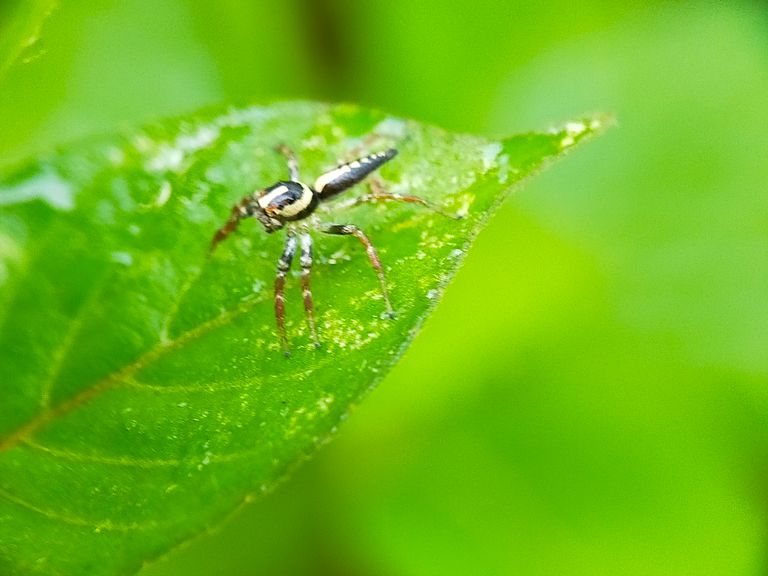
Unlike insects which have three body parts, spiders only have two. The front segment is called the cephalothorax or prosoma, which is actually a combination of the head and chest (thorax). While the back segment is called the abdomen (stomach) or opisthosoma. Between the cephalothorax and abdomen there is a thin connection called a pedicle or pedicellus. On the cephalothorax four pairs of legs are attached, and one to four pairs of eyes. In addition to a pair of jaws with large fangs (called chelicera), there are also a pair or several hand-like mouth organs called pedipalps. In some types of spiders, the pedipalps in adult males enlarge and change their function as a tool for mating. Spiders don't have mouths or teeth for chewing. Instead, the spider's mouth is a sucker to suck up the body fluids of its prey.
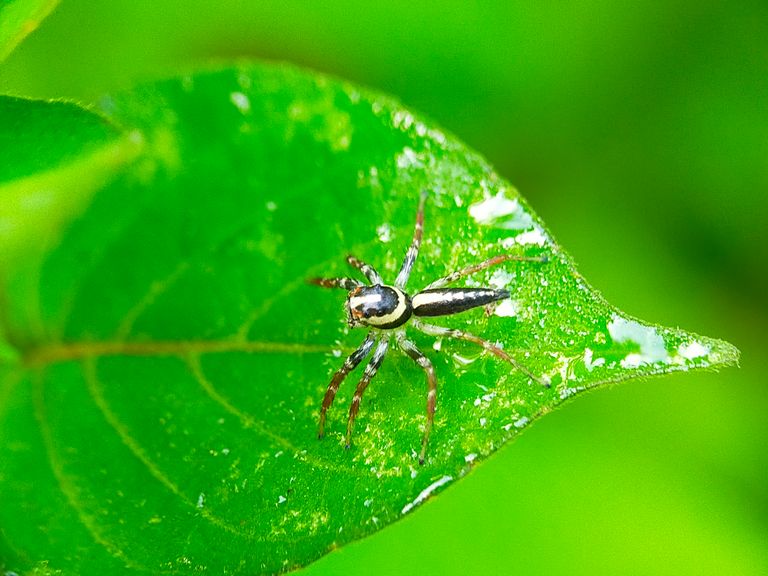
The eyes of spiders are generally single eyes (single-lens eyes), and not compound eyes as in insects. Most spiders have poor eyesight, cannot distinguish colors, or are only sensitive to light and dark. Some of the cave-dwelling spiders are even blind. The exception is several types of hunting spiders, which have sharp and good eyesight, including recognizing color. To mark the presence of their prey, spiders generally rely on vibrations, both on their silk webs and on the ground, water, or places they land. There are also spiders that are able to feel differences in air pressure. The spider's sense of touch lies in the hairs on its legs. Most spiders are indeed ambush predators, waiting for prey to pass nearby while hiding behind leaves, layers of petals, crevices in rocks, or holes in the ground covered in camouflage. Some species have color patterns that camouflage their bodies on the ground, rocks or trees, so they don't need to hide. Some weaver spiders have the ability to wrap their prey's bodies with silk threads. This ability is especially useful if the prey has a dangerous means of self-defense, such as bees with stingers; or if the spider wishes to store its prey for some time waiting for a preferred moment to enjoy it later.
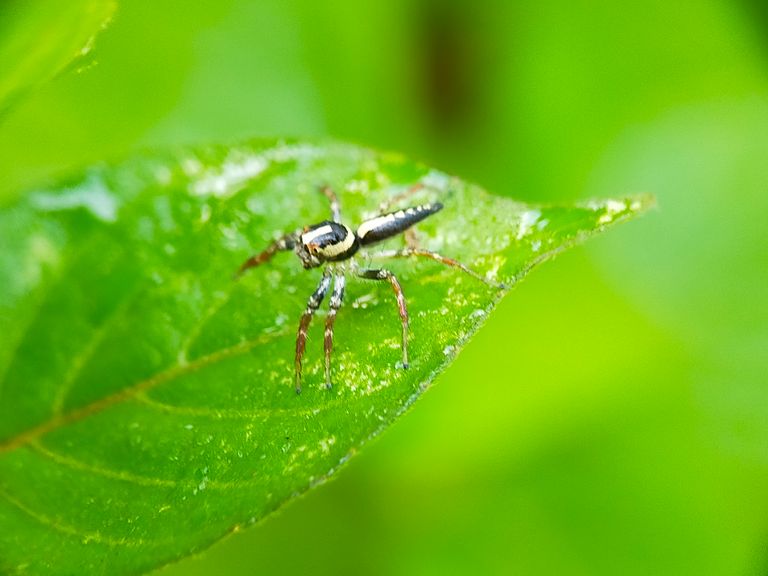
Weaver spiders (e.g. members of the tribe Araneidae) make silk webs of a more or less circular shape in the air, among leaves and branches, in front of rock fractures, in the corners of buildings, between telephone wires, etc. . This net is sticky, to catch flying insects that become their prey. As soon as the insect is caught in the web, the spider immediately approaches and thrusts its fangs into the prey to immobilize it and simultaneously sends digestive enzymes into the prey's body. A little different, hunter spiders (such as members of the Lycosidae tribe) are usually more active. This type of spider usually explores trees, between grass, or rocky wall surfaces in search of prey. This spider can chase and jump to pounce on its prey. The venom that the spider injects through its fangs usually simultaneously digests and destroys the inside of the prey's body. Then slowly the body fluids along with the destroyed internal organs are sucked up by the predator. The spider sucks the liquid for hours until the carcass of its prey dries up. Spiders that have strong jaws (chelicera) can spend their food more quickly by damaging and crushing the prey's body with their jaws and fangs. All that remains is in the form of small balls which are the crushed bodies of shriveled prey.
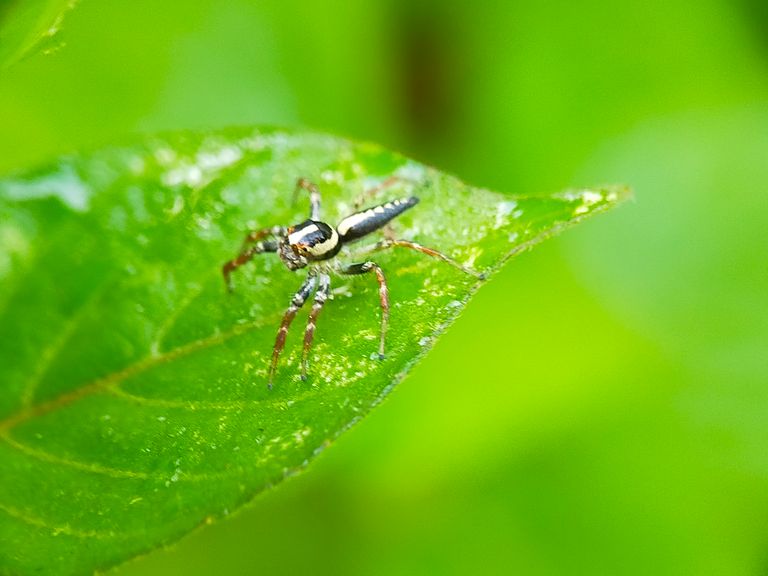
As of February 2016, around 45,800 species of spiders have been described and classified into 114 families. However, considering that these animals are so diverse, many of them are very small in stature, often hidden in nature, and even many specimens in museums are not well described, it is believed that the possible variety of spiders in all can reach 200,000 species. These spiders are further divided into three major groups at the suborder level, namely Mesothelae, which are primitive non-venomous spiders, with clearly visible body segments; shows a closer kinship with its ancestor, the jointed arthropod. Mygalomorphae or Orthognatha, is a group of spiders that make burrows and traps in the ground. Many of the species are large, such as tarantulas and also lively. Araneomorphae is a group of 'modern' spiders. Most of the spiders encountered belong to this suborder, considering that its members consist of 95 tribes and cover approximately 94% of the total number of spider species. The fangs of this group point slightly obliquely forward (and not upright as in the tarantula group) and are moved in opposite directions like claws in biting their prey.
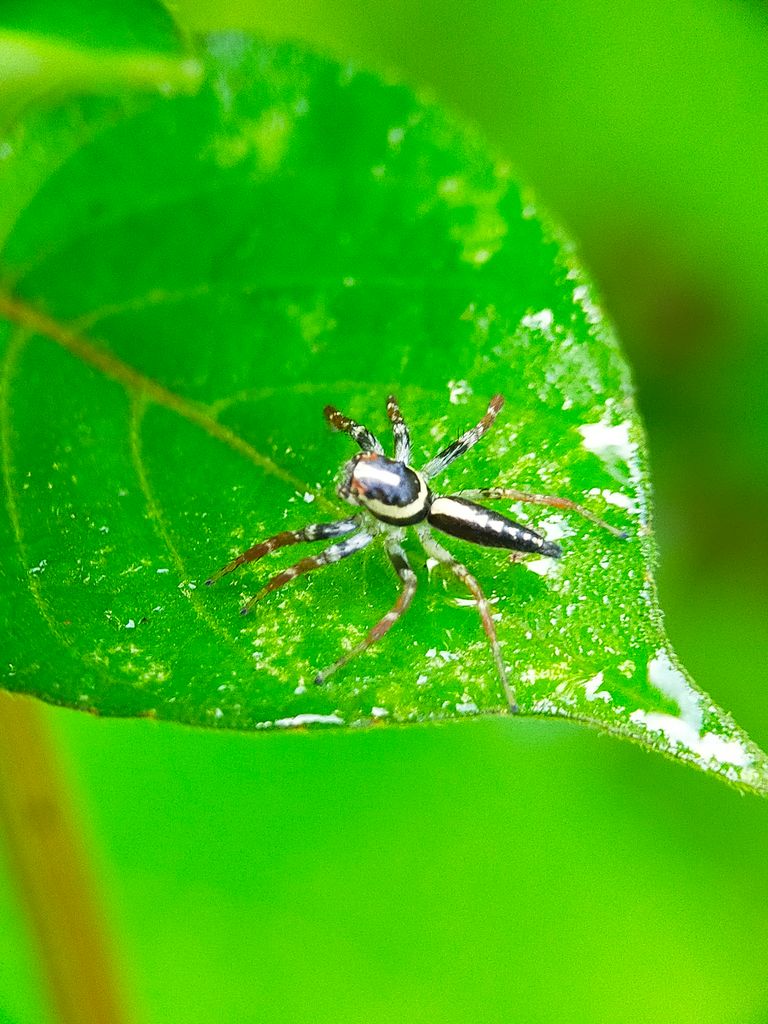
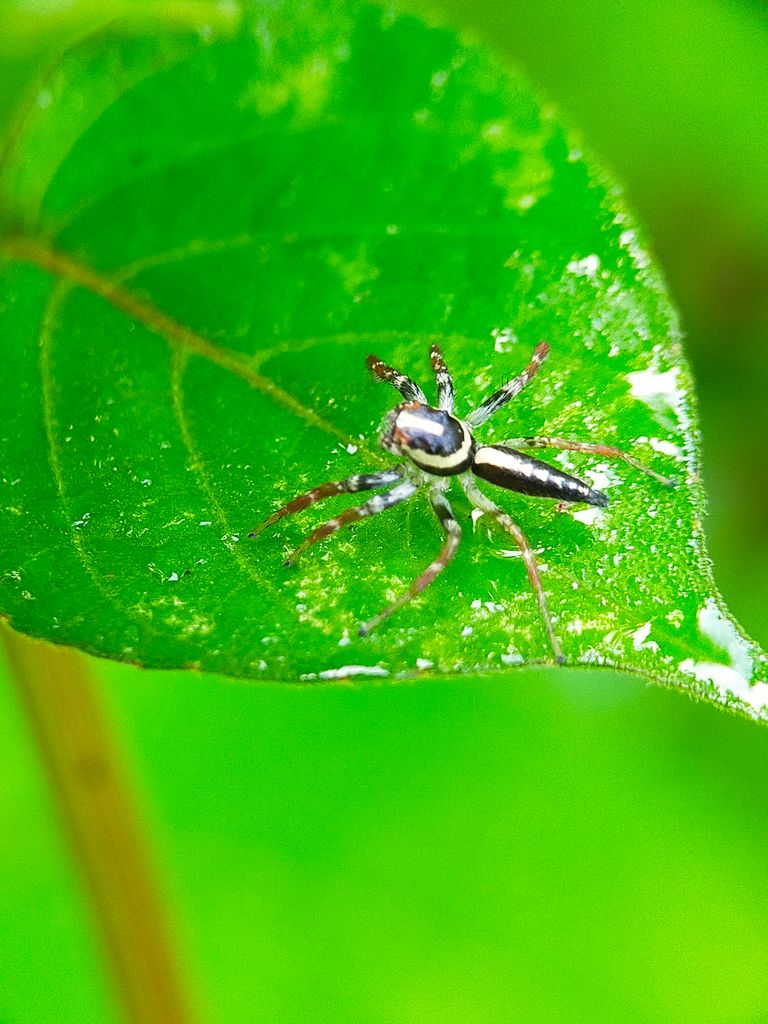
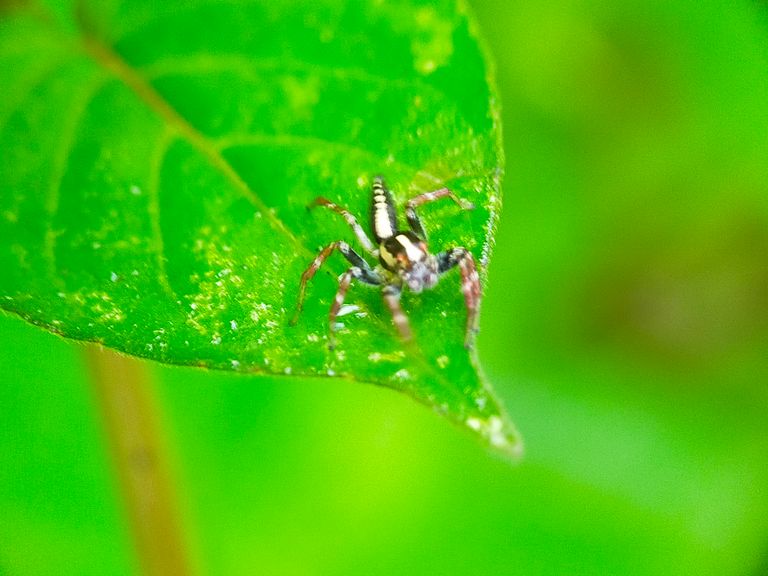
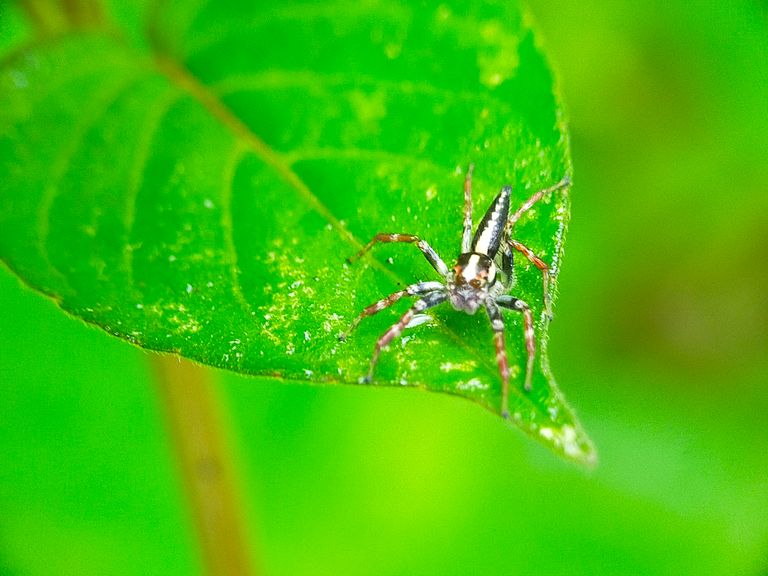
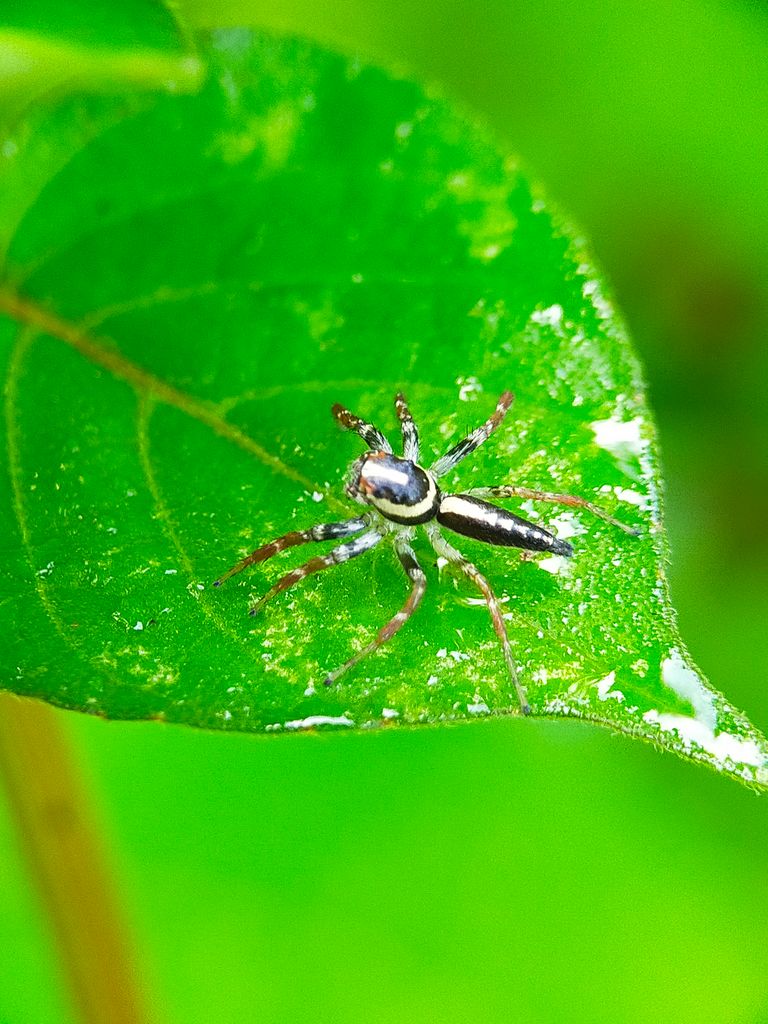

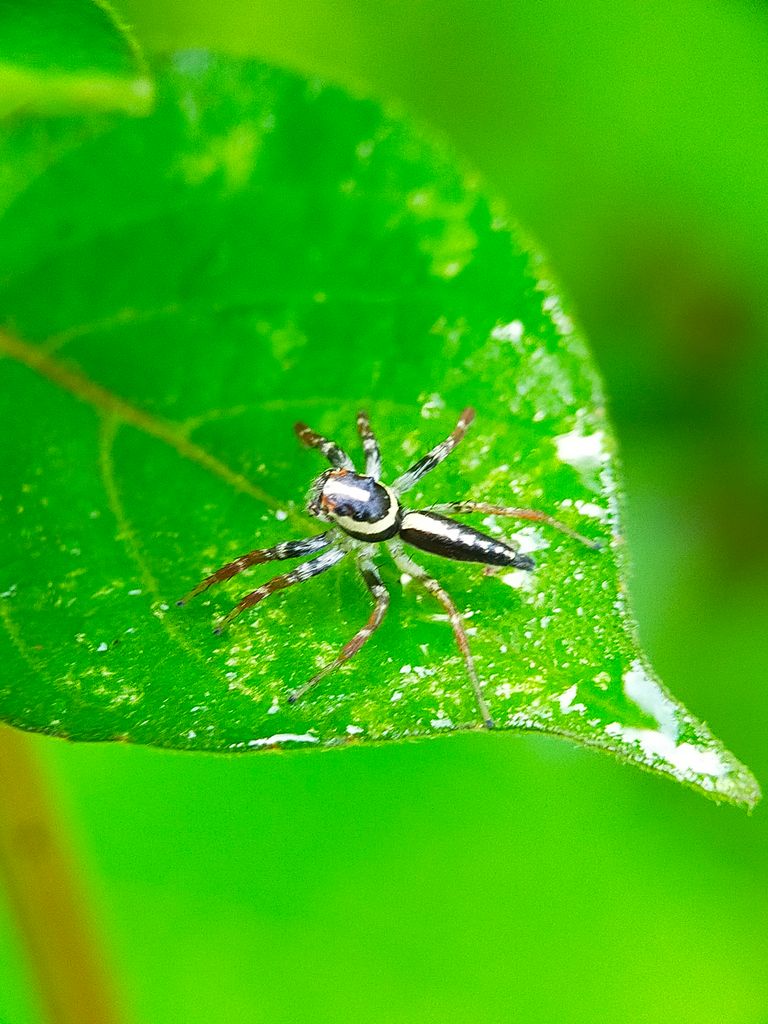
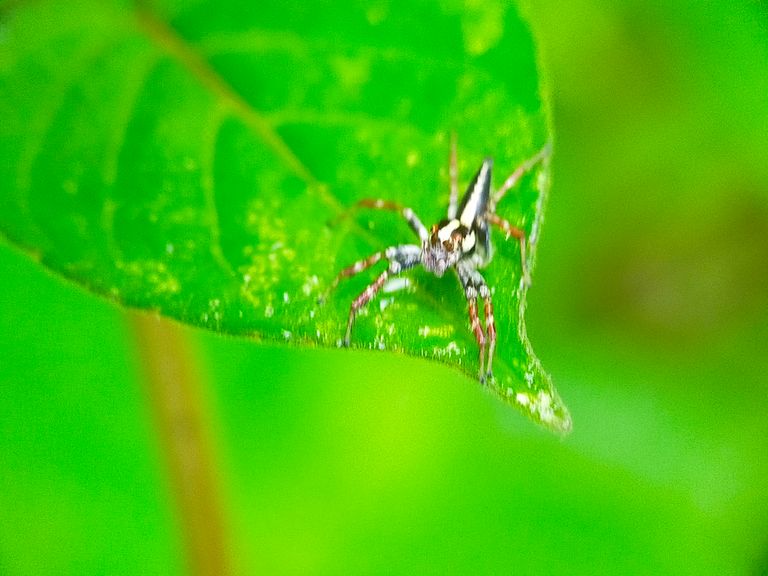
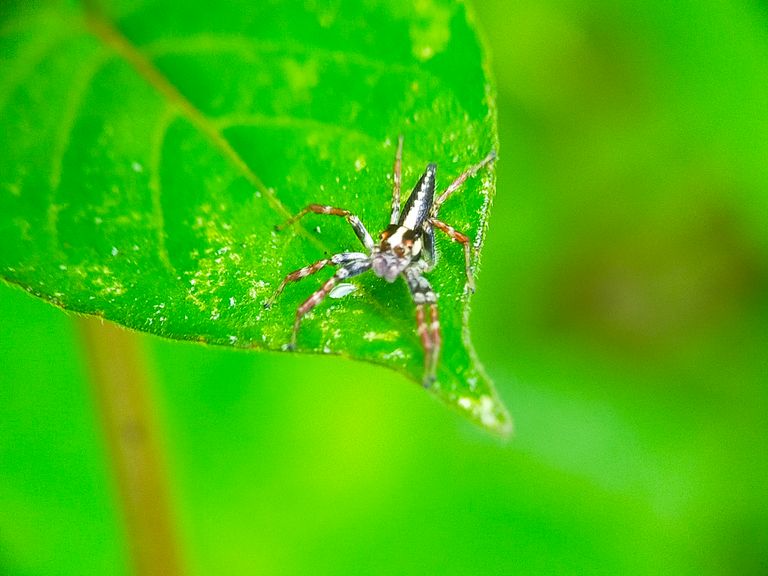
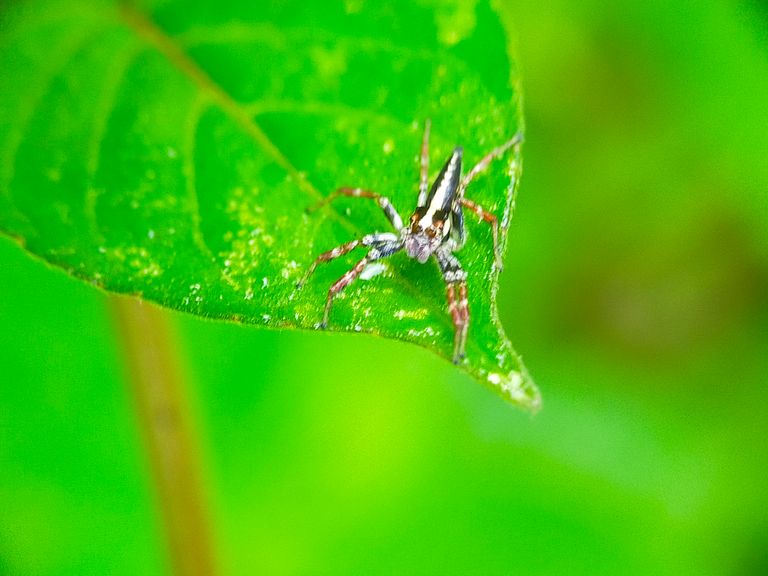
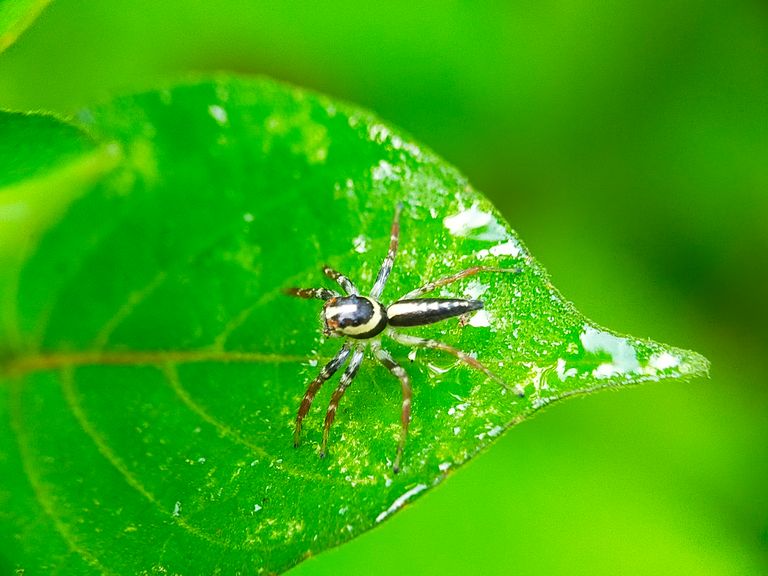


This is all I can say more and less I apologize, hopefully it will be useful for me, and hopefully it will be useful for all readers in general, thank you for visiting my blog, don't forget to follow and vote for my posts. , and one more thing, don't forget to share this post with other friends.
Thank you for visiting my blog, don't forget to follow and vote for me to post, and others don't forget to share this post with other friends.
Greetings to all on Blurtter...
** Your post has been upvoted (3.29 %) **
Curation Trail is Open!
Join Trail Here
Delegate more BP for bigger Upvote + Daily BLURT 😉
Delegate BP Here
Upvote
https://blurtblock.herokuapp.com/blurt/upvote
Thank you 🙂 @tomoyan
Congratulations, your post has been curated by @scilwa, a curating account for @R2cornell's Discord Community.